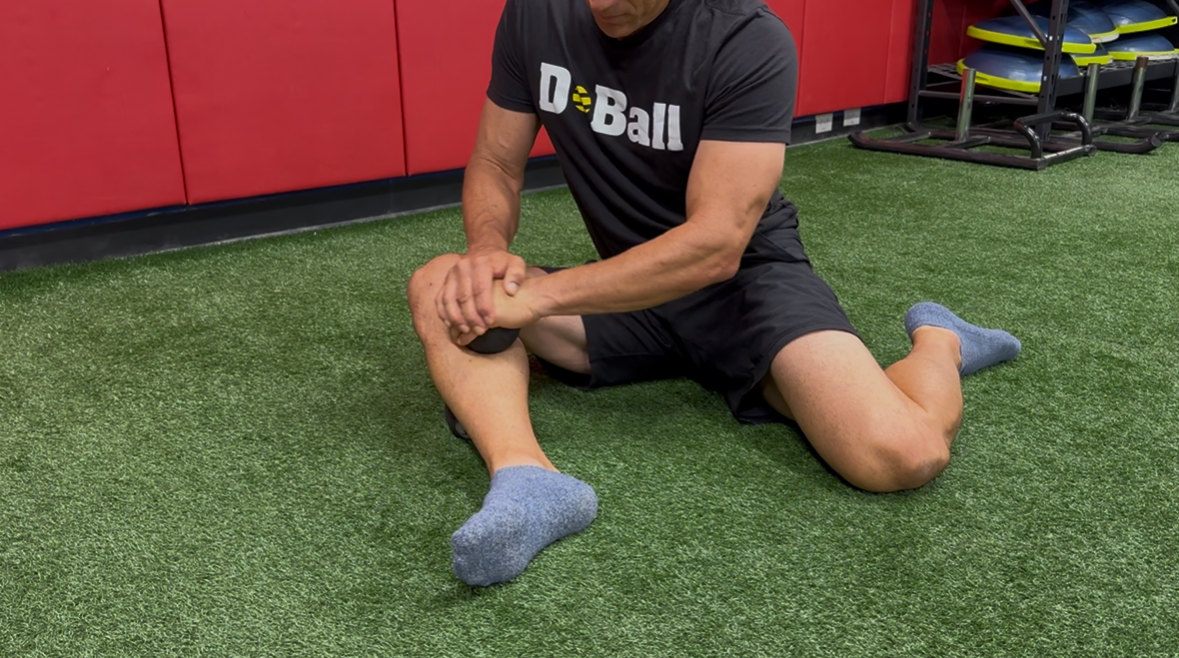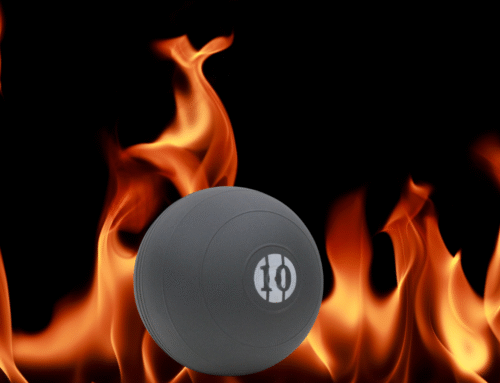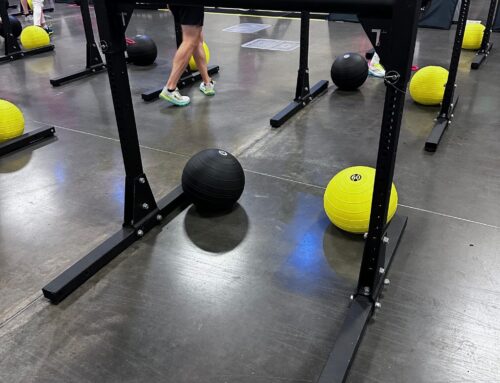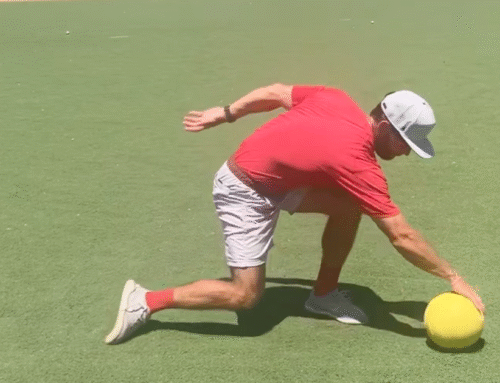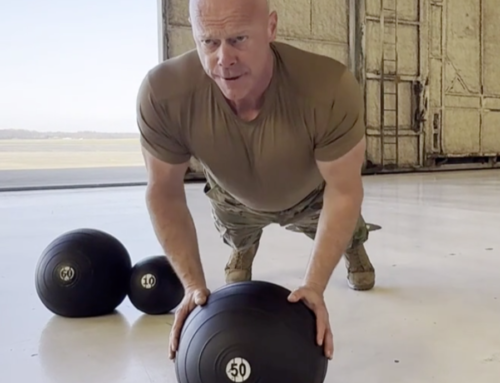When most coaches think of D-Balls, they immediately think of our larger 8” – 14” balls used for athletic performance training and strongman-style workouts. However, D-Balls offer sizes as small as 3.75”, expanding training opportunities for gym goers, athletes, athletic trainers, and physical therapists.
The smaller D-Ball’s shell makes it a functional tool for pre-training tissue prep, activation, and self-myofascial release. The easy-to-grip ball’s size and slight give allow the user to apply targeted pressure, improving blood flow, releasing trigger points, and freeing up areas limited by scar tissue or adhesions, resulting in more efficient movement.
Here’s a simple protocol to free up overactive, restricted tissue, resulting in more efficient movement. Targeting these six areas can deliver the most bang for your buck. Although they can be quite tender for most athletes due to their constant repetitive use, targeting these areas can provide significant benefits for performance and recovery.
- Feet
- Calves
- Quads
- Glutes (Piriformis)
- Pecs
- Deltoids
When performing self-myofascial release, try to breathe deeply through your nose while you relax the area being targeted. This will provide better results as the ball can access deeper into the tissue.
Feet: Roll the ball from your heel to the base of the toes for 4-6 passes, then set your heel on the ground and flex and extend your toes over the ball 4x. Repeat for 2 rounds and switch sides.
Calves: (1-Ball) Begin with the ball positioned in the center of your calf where the soleus and gastroc meet. Roll the ball up and down approximately 3 to 4 inches in each direction. Beginning at the bottom of the calf, slightly shift your leg side to side as you roll up from the bottom of your calf to the top, then switch legs.
Calves: (Double Ball) Get into a 90/90 position, placing one mini D-ball underneath the center of the lead calf. Place a second mini D-ball on top, opposite the lower ball. Apply light compression with both hands and pivot the ball in a small circular motion for four revolutions, then press and pull the ball back toward your trunk two times. Repeat for two rounds, then switch legs.
Quads: Begin by performing a forearm plank. Position the ball in the center of your Quad and place your opposite knee out to the side of your body. Push and pull your body up and down so the ball travels 4-6 inches in each direction. Pause after four passes and bend your knee 2 times. Repeat for 2 rounds, then switch legs.
Piriformis: Position the ball in the upper-outer portion of your glute where the top outside corner of your back pocket would be. Shift onto the ball at about a 45-degree angle with both knees slightly bent. Roll on the ball in small circles for four revolutions, then perform two clam shells, opening and closing the lead knee. Finish by bending and extending your leg two times. Repeat for two rounds, then switch sides.
Pecs: Hold the balm in your palm on the side of the body being targetting. Position the ball just inside the top of your armpit at the pec major/minor junction. Place the opposite hand on top to create compression. Pivot the ball back and forth 2-3 inches in each direction four times, then pull the ball with the muscle tissue back towards your armpit two times. Repeat for two rounds, then switch sides.
Deltoids: Position the ball between the center of your deltoid and a wall, leaning into the ball to create compression. Roll on the ball in small circles four times in each direction. Next, shift forward and backward two times in each direction. Then finish by elevating your arm up and down two times while maintaining a 90-degree bend in your elbow. Repeat and switch sides.

